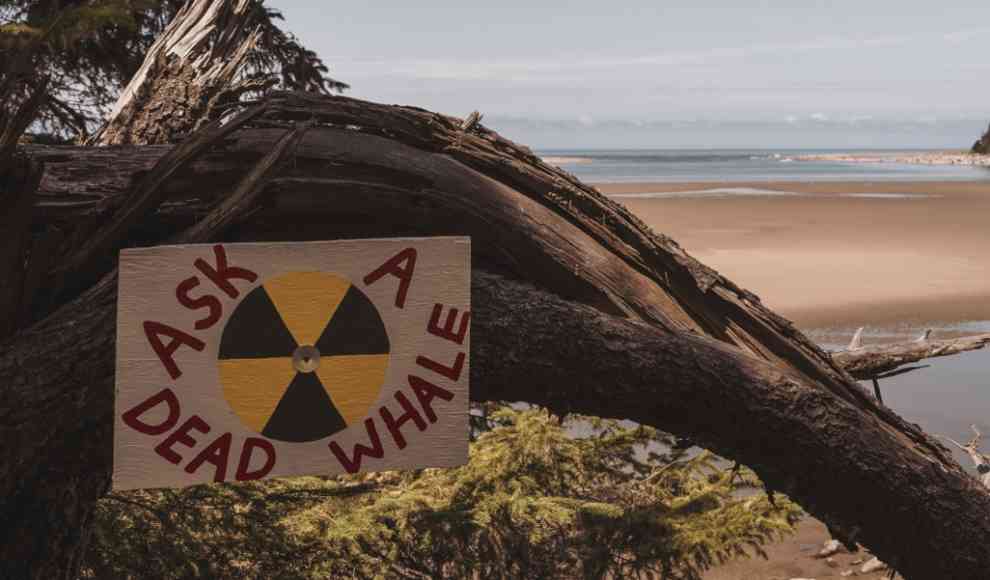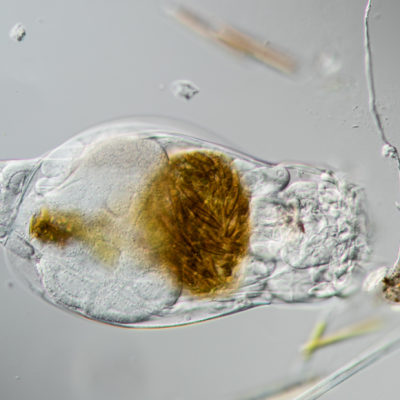TEPCO, the operator of the Fukushima Daiichi nuclear power plant that exploded in 2011, plans to dispose of over 1.2 million tons of radioactive wastewater into the ocean. The Japanese government is expected to make a decision on this matter later this month. The Fukushima disaster, caused by an earthquake and tsunami, resulted in one of the worst nuclear accidents since Chernobyl. Even today, almost a decade later, radioactive cooling water from the reactors still leaks into the environment. TEPCO has been collecting this contaminated water in special containers, along with contaminated groundwater and rainwater. However, the company is running out of space to store these containers, with over 1,000 tanks already on the former power plant site.
TEPCO and the Japanese government have been evaluating for several years whether the radioactive wastewater can be disposed of in the ocean after being treated with the Advanced Liquid Processing System (ALPS), which can remove all radionuclides except for Tritium. Experts from the International Atomic Energy Agency (IAEA) have deemed this method “largely unobjectionable,” but critics argue that the water may still contain high levels of other radionuclides, as internal documents from TEPCO suggest that the water in the storage tanks may not have been adequately filtered. This has raised concerns about the potential risks to the environment and human health.
Opponents of the plan include environmental groups, fishermen, and farmers in Fukushima, who fear that the disposal of the wastewater could make their products unsellable. The formal decision of the Japanese government is expected later this month, and if approved, TEPCO’s disposal of the wastewater into the ocean could begin as early as 2022.










